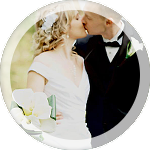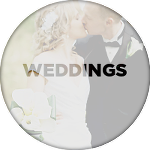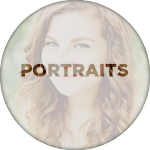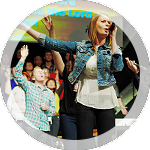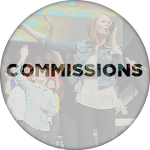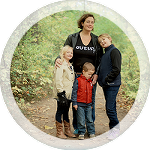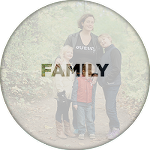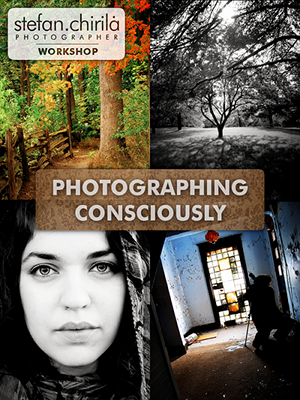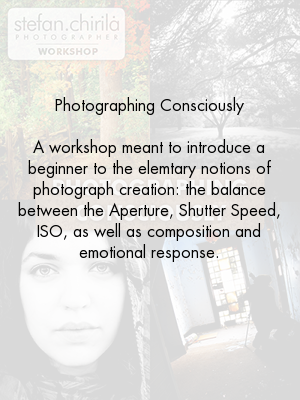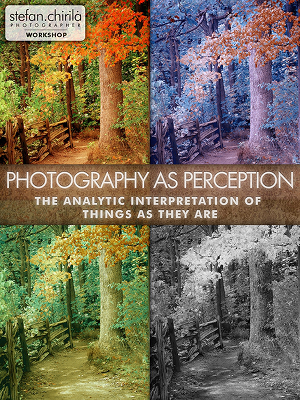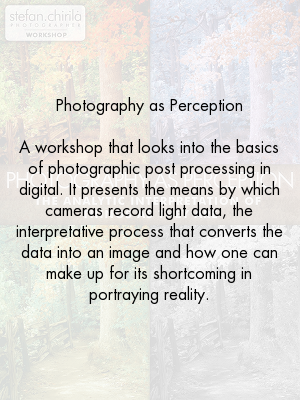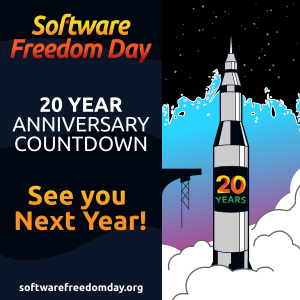About two weeks ago, I received an unexpected message from a friend of mine from the Computer Recycling section of the Working Centre organization in Kitchener, Ontario. Knowing that I am big open source enthusiast and a long time Linux user, he was letting me know that on September 17th they were hosting a Software Freedom Day celebration at the Working Centre Cafe, and wanted to also ask me if I am available to give a talk on the topic of Software Freedom in terms of photography. Of course I said yes! There was no way I would have let that chance get away. The fact that he asked me to specifically speak on the topic of the RAW Therapee program also opened my eyes to what a big game changer this project really is. Those of you who can not make it out that day yet have an interest in this topic will be pleased because I will give you a summary of my conclusions below.
First of all, what is Software Freedom day anyway? According to Wikipedia: “is an annual worldwide celebration of Free Software. SFD is a public education effort with the aim of increasing awareness of Free Software and its virtues, and encouraging its use.” And of course then, what is this software that is Free? Also according to Wikipedia:
Free software, software libre or libre software is software that can be used, studied, and modified without restriction, and which can be copied and redistributed in modified or unmodified form either without restriction, or with restrictions that only ensure that further recipients can also do these things and that manufacturers of consumer-facing hardware allow user modifications to their hardware. Free software is generally available without charge, but can have a fee, such as in the form of charging for CDs or other distribution medium among other ways.
So let me put it in a nut shell for you; when we talk about Free Software, we talk about freedom, and not lack of a price tag necessarily. Freedom to do what you want with the software you buy or download, freedom like the ability to install it in all 4 computers in your household, as opposed to a non-freedomy-software like Microsoft Windows, which once you spent the amount of $ with them two zeroes at the end you only have the consent to install it on one machine.
Software that comes with freedom is not only useful if you have your own business and get yourself an assistant, and you realize work happens way more effectively if you work at the same time on two different computers rather than taking turn on the same one, and then you rejoice in the fact that your software gives you the freedom to install it on more than one computer.
Software Freedom is a concept that enables us to grow in ways that we could not without it; in ways like …universal schooling allows us to grow in. It was a big change when a few hundred years ago (or in some cultures not even all that long ago), it had been decided that all children should go to school and learn to read and write so that past experience could be passed on and …well people don’t need to keep reinventing the wheel, so to say, all the time; especially if they are not at the top of the monetary resources pyramid.
Well it was at some point that some people though “we could do this with software too!” and Freedom started to become an option. There are those, even today, that just don’t get it and think that if software doesn’t cost a lot, and the person who produces it doesn’t do it in order to get rich off of it, then it can’t possibly be too good of a product. But free software has produced some of the most cutting edge technology within the past 20 years. By giving programmers the chance to publish projects under licenses that allow others to jump on board; difficult problems are solved quicker and more efficiently. Just to prove a point, the Linux operating system, one of the most straight-forward Free Software examples has revolutionized the security standards for software, being adopted by numerous countries’ governments as their standard system of operation, including Germany’s air traffic control. The Linux based free software development model has produced superior computer generated renderings using computer clusters (some 350+ computers wired together sharing calculations), making the creating of entire movies on the computer alone, and the best example for that is the Shrek films.
“But where’s the profit,” you ask? And it is true, we are used to think of things that way, like if it doesn’t bring a person immediate profit, why on earth would they invest time or effort into it? Just because their participation can improve a project that thousands can benefit from (including them themselves)? Why not? After all, way back in the day, when we perhaps didn’t yet realize how much money is in it, medicine used to work that way, and medicines were invented in order to cure diseases, and people wouldn’t think about dropping their research unless they have the promise of earning big bucks.
Well now that you get the idea, let’s look at what I was asked to speak about. Raw Therapee, a photo processing program. A free photo processing program. For those of you who are not photographers (whether pros, amateurs or even as a hobby), since you were, you’d know, let me tell you, photography can get quite expensive. Not only do camera bodies cost a lot (if you decide to get a camera with detachable lens), but the lenses often end up costing more, and you end up eventually facing some serious temptation to upgrade; but there is something else still. The software. You may think that someone who shoots film cameras may not face the need of software, but they too might want to get their favourite shots onto facebook, twitter, flickr and rest of the gang. For that we need software to scan, resize, retouch, edit; and the industry knows it. They also know that if you spent a lot of money on your gear, you probably can afford to spend a little more and they are not ashamed to ask for it. Adobe Photoshop is on top of the popularity list in terms of photo processing. Let me tell you Adobe does a really good job at what they do, that is why they are up there and by no means am I at any point in this article intending to claim that Photoshop is not worth paying money for it, but $700 can be a lot to some people. Now some will say “I can just download a pirated version.” Which is true, there are few items of software less popular on the pirate market than Photoshop or, just for the record, Microsoft Windows, but let us assume you have a problem with yourself doing that. Then you are at a difficult spot. What do you do?
Well you have a bunch of options, the most comprehensive being The Gimp. This is a photo manipulating program that can handle most things ranging from scanning in images, resizing, colour correction, printing. It is free software and comes with most Linux distributions but can also easily be installed onto Windows or Mac OS.
But if you are a professional photographer to whom image quality is paramount, or even just a very dedicated amateur, you will want your expensive camera to give you all it has to give. Speaking in terms of technology that translates into shooting RAW instead of JPG. What is the difference? When shooting JPG, your camera applies presets to the data that comes out of the light sensor. The presets are those options that you choose in the menus when you select Vivid Colour, or High Contrast; whereas RAW files contain no post processing done by the camera and thus need you to do it afterwards on the computer. RAW files are big, they clutter your memory cards, take a while to work through, but do they ever give you more detail and quality, especially if you make mistakes along the way that need serious fixing.
RAW processing was one of those niches that was only covered by highly expensive software such as Adobe Lightroom. Besides the fact that it costs a lot (of course it depends on what is a lot to you, but for low budget photographers going above $200 can be a lot), using Lightroom on an alternative operating system such as Linux would require a translation program that would simulate Windows, which would slow things down a lot more than the usual high RAM and processor usage that is specific to handing large files such as RAW files.
Slowly free software started to get its hands dirty in that field and developed plugins for popular programs such as The Gimp that could handle the opening of RAW files, but did not offer a large variety of processing options and often times the in-camera results were better tweaked. In 2004 Gabor Horvath started a project dedicated to RAW image processing called RAW Therapee. Although free (of charge), the program was not Free Software until 2010. That is likely because by 2008 the project was taking up a lot of time, growing in complexity and it had hovered on version 2.4 for quite a while. Assumptions aside, the facts are that in 2010 Gabor decided to open up the source code of his project to interested potential collaborators, and guess what! Within a few months, RAW Therapee had grown a whole lot, getting to the point where it is quite the rival to Lightroom.

Among the tings that RAW Therapee counts as its highlights are: the ability to use a secondary monitor as a preview screen, while using the main one to manipulate settings, as of yet, 7 different demosaicing methods including the acclaimed Amaze algorithm recently released into open source, copy/paste editing, presets, the ability to work either in an RGB or a LAB environment, sharpening, noise removal and the ability to save in TIFF (both 8 and 16bit), JPG and PNG (8 and 16bit) formats.
The existence of this project is a real game changer for photographers. Suddenly you no longer need to have a large budget to become a photographer, nor do you need to cheat your values and download illegally.
What: Kitchener Software Freedom Day Celebration
Where: at the Working Centre (downtown Kitchener, at the intersection of Queen Street and Charles Street)
When: September 17th 2011 – 9AM









